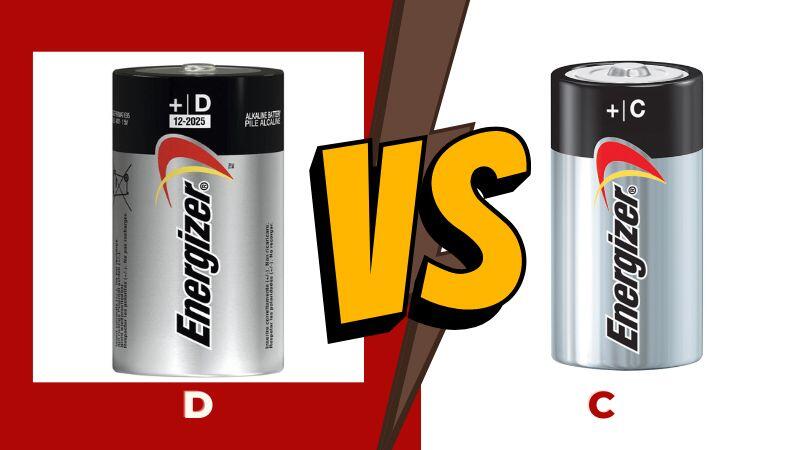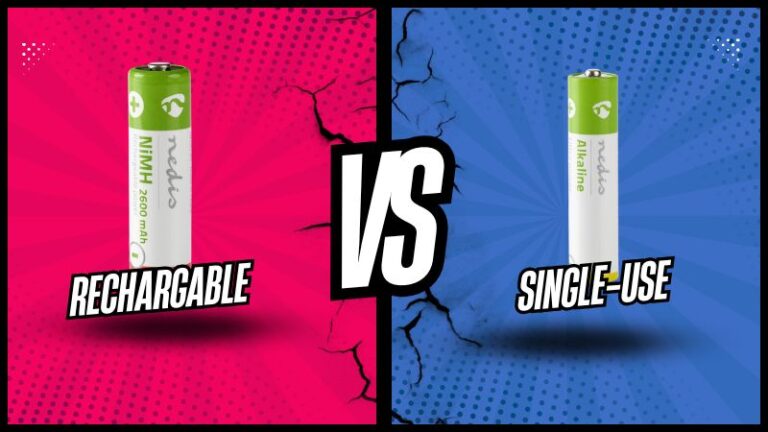In today’s world, batteries have become an essential part of our lives. From powering our everyday devices such as smartphones and laptops to more specialized equipment such as flashlights and toys, batteries have become an integral part of our daily routine. With so many different types of batteries available on the market, it can be challenging to understand which type of battery is best suited for a particular device.
In this article, we will focus on two of the most commonly used battery sizes, the D battery, and the C battery. These batteries are often used interchangeably in a wide range of devices, and it can be challenging to distinguish the differences between the two. We will explore the various characteristics of these batteries, including their size, weight, voltage, capacity, applications, and cost, to help you determine which one is best suited for your needs.
By the end of this article, you will have a better understanding of the differences between D batteries and C batteries and be able to make an informed decision on which battery size to use for your devices. So, let’s dive in and explore the world of batteries!
Differences Between D Batteries and C Batteries
Size and Weight
The most obvious difference between D batteries and C batteries is their size. D batteries are larger than C batteries, measuring approximately 34.2 mm in diameter and 61.5 mm in height. C batteries, on the other hand, have a diameter of approximately 26.2 mm and a height of 50 mm. This difference in size means that D batteries have a larger capacity and can provide more power than C batteries. However, this also means that D batteries are heavier than C batteries, with a weight of approximately 135 grams compared to the 69-gram weight of C batteries.
Check also – AA vs D Batteries: What are the Differences?
Voltage and Capacity
D batteries typically have a voltage of 1.5 volts, which is the same as C batteries. However, due to their larger size, D batteries have a higher capacity than C batteries. A D battery typically has a capacity of around 18,000 mAh, while a C battery has a capacity of around 8,000 mAh. This means that D batteries can provide more power for a longer period of time, making them suitable for high-drain devices.
Applications
Due to their higher capacity and power output, D batteries are commonly used in devices that require a lot of power, such as large flashlights, lanterns, and boomboxes. They are also used in portable radios, remote controls, and some toys. C batteries, on the other hand, are more commonly used in devices that require less power, such as small flashlights, portable radios, and children’s toys.
Cost
The cost of D batteries and C batteries can vary depending on the brand and retailer. However, in general, D batteries are more expensive than C batteries. This is due to their larger size and higher capacity, which require more materials and resources to manufacture. If you are on a budget and do not require the high power output of D batteries, C batteries may be a more affordable option.
Conclusion
Understanding the differences between D batteries and C batteries is essential when selecting the right battery size for your devices. D batteries have a larger capacity and can provide more power, making them suitable for high-drain devices such as large flashlights, boomboxes, and lanterns. C batteries, on the other hand, are more commonly used in devices that require less power, such as small flashlights, portable radios, and toys.
While D batteries are typically more expensive than C batteries, the cost difference may be worth it for the extra power output required by high-drain devices. Ultimately, selecting the right battery size for your needs will depend on the specific device and its power requirements. By considering the size, weight, voltage, capacity, applications, and cost of both D batteries and C batteries, you can make an informed decision on which battery size to use for your devices.
As battery technology continues to evolve, we may see new battery sizes and types emerge. However, for now, D batteries and C batteries remain two of the most commonly used battery sizes and are likely to remain a staple in the world of batteries for the foreseeable future.




